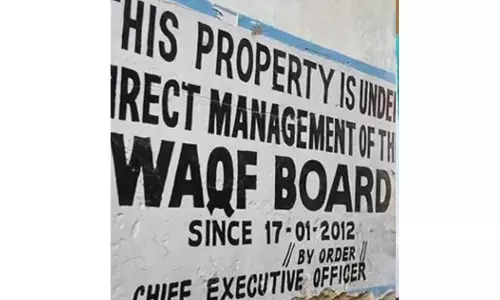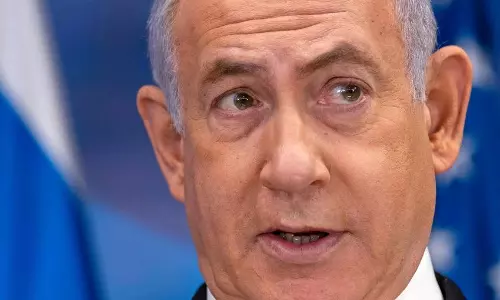
MP HC rules Burhanpur's ancient monuments not Waqf property
text_fieldsIndore: The Madhya Pradesh High Court has ruled that three historic monuments in Burhanpur, including the tomb of Mughal emperor Shah Jahan’s daughter-in-law, Begum Bilqis, are not Waqf board property. This verdict follows a legal challenge from the Archeological Survey of India (ASI).
The ASI had petitioned the Jabalpur bench of the Madhya Pradesh High Court, asserting that the CEO of the MP Waqf Board had erroneously classified these sites as Waqf property in a 2013 order. The ASI argued that these properties were already designated as ancient and protected monuments under the Ancient Monuments Preservation Act, 1904, and therefore could not be reclassified as Waqf property.
Justice GS Ahluwalia, in his ruling on July 26, noted that the “property in question is an ancient and protected monument duly notified under the Ancient Monuments Preservation Act, 1904, and therefore, CEO, M.P. Waqf Board committed a material illegality by directing the petitioner to vacate the same.”
The disputed sites include the Shah Shuja monument, the Tomb of Nadir Shah, and Bibi Sahiba’s Masjid, all within the Fort of Burhanpur. The Shah Shuja monument contains the tomb of Begum Bilqis, the wife of Mughal Emperor Shah Jahan’s son, Shah Shuja. Known as Kharbuza Mahal, it is distinguished by its dome and decorative features. The Tomb of Nadir Shah, a large structure on a raised platform, is actually the tomb of Muhammad Shah Faruqi II, a Sultan of the Faruqi dynasty, misidentified by the ASI as Nadir Shah's tomb. Bibi Saheba’s mosque, also called Bibi ki Masjid, was completed around 1529 by Queen Begum Rokeya, daughter of Gujarat Sultan Muẓaffar Shah II.
The ASI maintained that under Section 11 of the Ancient Monuments Preservation Act, 1904, the Commissioner acts as the guardian of these monuments, with the authority to maintain and access them as necessary. The ASI further argued that unless guardianship is relinquished under Section 14 of the Act, these properties cannot be declared Waqf property.
The Waqf Board’s lawyer argued that the CEO had no option but to direct the ASI to vacate the properties once they were declared Waqf property. However, the court found that these sites had been under the ASI Commissioner’s guardianship for a long time, with no evidence of relinquishment.
The court concluded that a mistaken notification declaring these sites as Waqf property did not change the central government’s ownership. The court ruled that these monuments, already declared ancient and protected, remain under the central government’s control and cannot be converted into Waqf property by a Waqf Act notification.
This decision reaffirms the central government’s ownership and the protected status of these historic monuments, ensuring they cannot be reclassified as Waqf property.























